How to use cardboard as a weed barrier in existing flower beds?
transnationalq
6 years ago
Featured Answer
Comments (18)
Embothrium
6 years agolast modified: 6 years agoRelated Professionals
Horsham Landscape Architects & Landscape Designers · Lowell Landscape Architects & Landscape Designers · Caldwell Landscape Contractors · Del Aire Landscape Contractors · Gloucester Landscape Contractors · Lexington Landscape Contractors · Oak Harbor Landscape Contractors · Panama City Beach Landscape Contractors · Reedley Landscape Contractors · St. Louis Landscape Contractors · The Woodlands Landscape Contractors · Wethersfield Landscape Contractors · Batavia Decks, Patios & Outdoor Enclosures · Cincinnati Decks, Patios & Outdoor Enclosures · Haddonfield Decks, Patios & Outdoor EnclosuresRichard Brennan
6 years agogardengal48 (PNW Z8/9)
6 years agoEmbothrium
6 years agolast modified: 6 years agotransnationalq
6 years agotransnationalq
6 years agofloral_uk z.8/9 SW UK
6 years agokimmq
6 years agofloral_uk z.8/9 SW UK
6 years agotransnationalq
6 years agotransnationalq
6 years agolazy_gardens
6 years agofloral_uk z.8/9 SW UK
6 years agotransnationalq
6 years agotransnationalq
6 years agoSherry8aNorthAL
6 years agosonni1
6 years ago
Related Stories
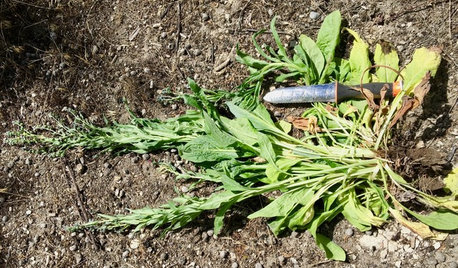
GARDENING GUIDESZen Weeding: The Smart Way to Weed Your Garden
Be mindful about keeping weeds from taking hold in your yard by knowing when and how to get rid of each type
Full Story
GARDENING GUIDESGreat Design Plant: Bugle Weed, a Quick Ground Cover
It’s highly adaptable, suppresses weeds, reduces erosion and provide weeks of bright flowers. Just watch for invasiveness
Full Story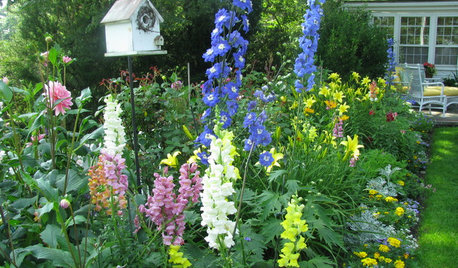
GARDENING GUIDESHow to Grow a Flower Garden for Bouquets
Enjoy fresh blooms indoors, bring beauty and fragrance to your garden beds, and help support pollinators
Full Story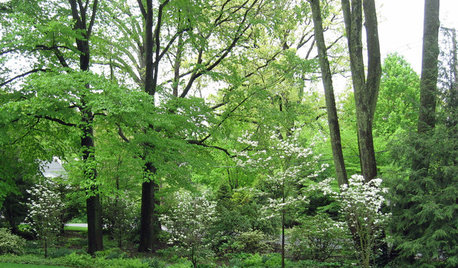
EARTH DAYAdd Layers to Garden Beds for Beauty and Sustainability
You can renew nature at home by filling in gaps with native plants and extending the bloom season
Full Story
GARDENING GUIDES5 Ways to Naturally Win the Weed War
Show irksome weeds no mercy with these tricks for combating them sans chemicals
Full Story
EDIBLE GARDENSNatural Ways to Get Rid of Weeds in Your Garden
Use these techniques to help prevent the spread of weeds and to learn about your soil
Full Story
PRODUCT PICKSGuest Picks: Stylish Cardboard Furniture and Decor
Cardboard moves beyond the box and into the home with eclectic new designs for mirrors, storage, toys and more
Full Story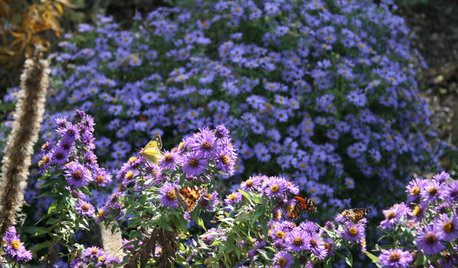
FLOWERS15 Native Flowers That Attract Butterflies
By picking plants from this list that are right for your location, you’ll get colorful blooms and support pretty pollinators
Full Story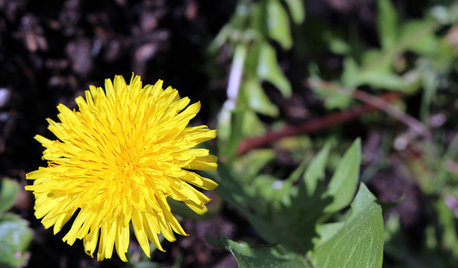
GARDENING GUIDESWhy Your Garden Might Be Full of Weeds
Tired of battling unwanted plants? These surprising reasons for weediness point the way to cures
Full Story
FARM YOUR YARDHow to Build a Raised Bed for Your Veggies and Plants
Whether you’re farming your parking strip or beautifying your backyard, a planting box you make yourself can come in mighty handy
Full StoryMore Discussions






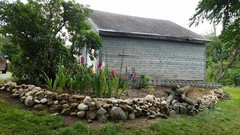

kimmq